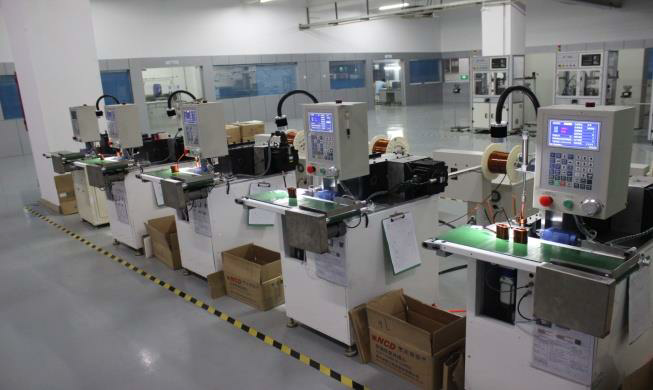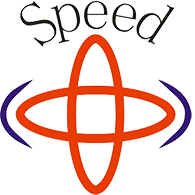
rd01@speed1.net.cn

The life of a Reed Switch can vary widely depending on the exact switching circumstances. Over the years, many improvements have been made to the Reed Switch, which have played a major role in improving its reliability.
Reed Switches, because of their hermetically sealed properties and no wearing parts, will switch no load or signal loads into the billions of operations, in most cases with minimal contact resistance changes. In fact, over long life at no load, the contact resistance will often times drop approximately 5 mOhms to 10 mOhms.
We offer several different types of switches ranging from 7 mm long to 50 mm long, capable of switching nanoVolts up to 10,000 Volts; capable of switching femptoAmps up to 5 Amps, and capable of switching DC on up to 6 GigaHz. Generally speaking, we offer Reed Switches in Sensor or Relay applications having Mercury contacts, Tungsten contacts, Rhodium contacts, Ruthenium contacts, etc.; all of which will suit given applications.
When trying to optimize your life requirement be sure to consult our precautions selection. Several areas of concern are discussed both mechanically and electronically. The load section in particular will give you important insight when switching any loads with inductance, capacitive, or inrush current loads.
The following pages are generalized life load curves that give a representation of the expected life for a given voltage and current. If you have a load different from those shown, do not assume a given life. It is always best to test your circuit under actual switching conditions for the life you require. These life load graphs represent switching under purely DC load conditions. In the real world, in most cases, this does not exist. So please be sure to test your circuit under the actual load for your required life.
If you are not sure about a given application, we have application engineers at all of the Speed Electronics facilities around the world ready to assist you.

